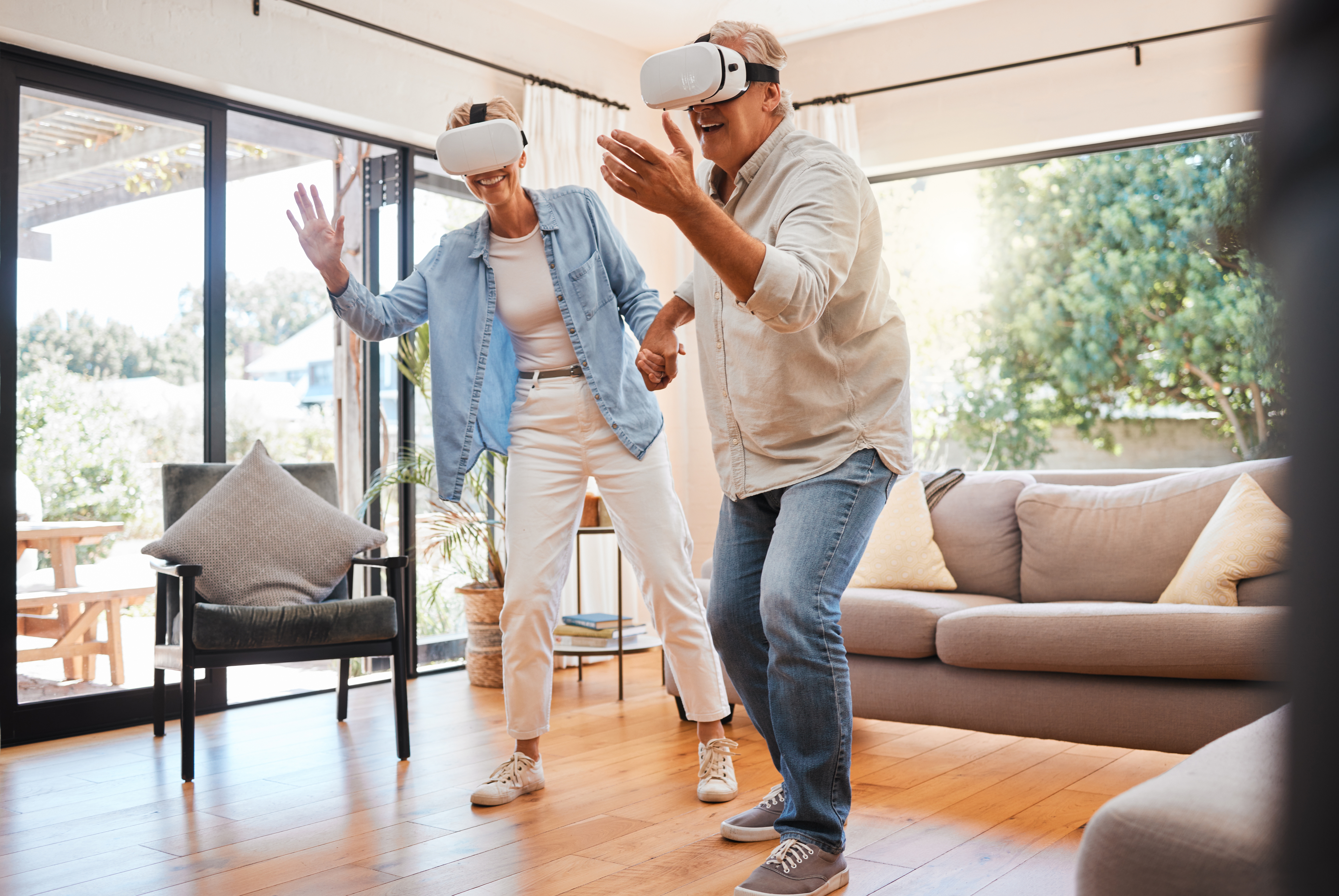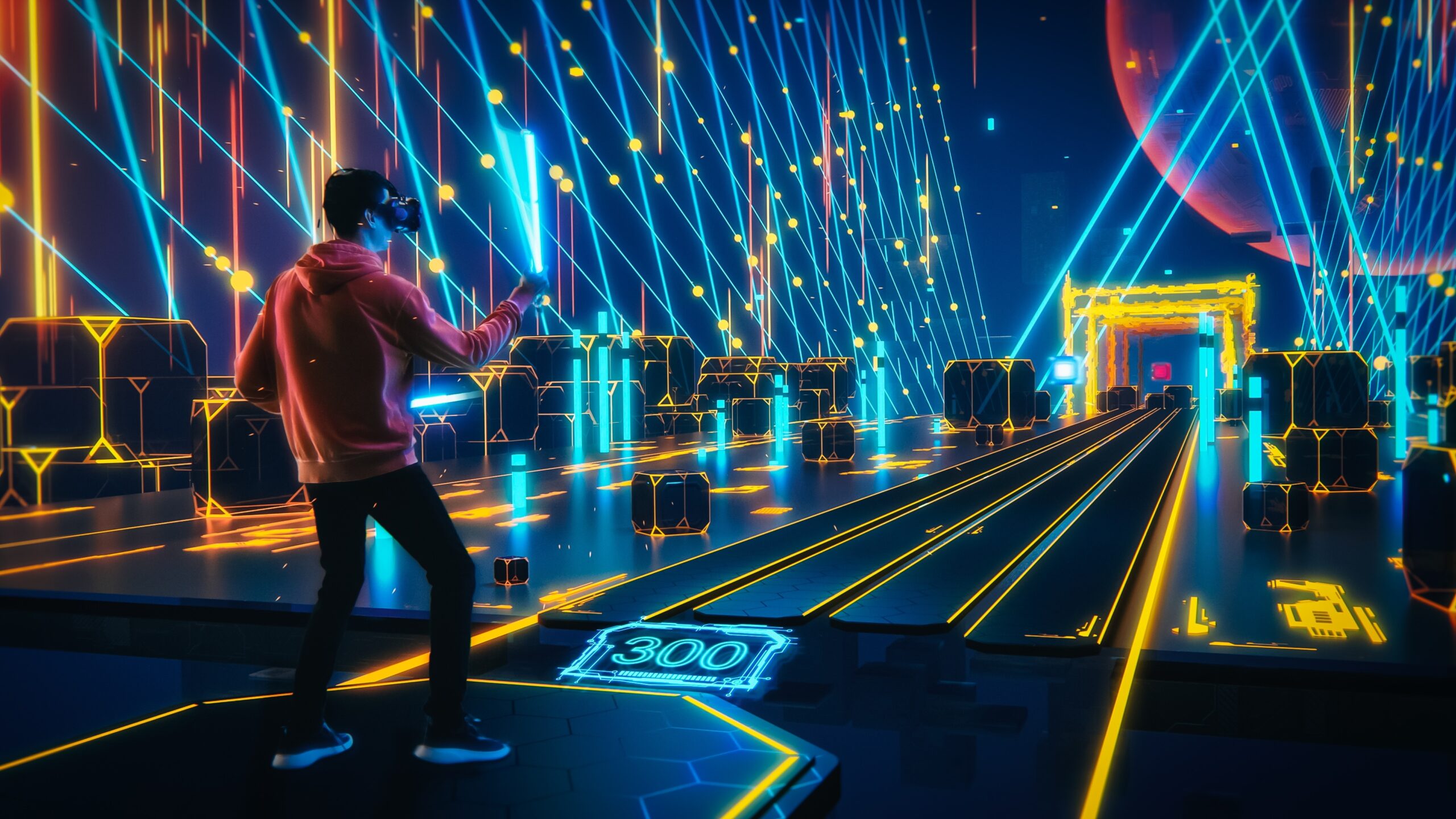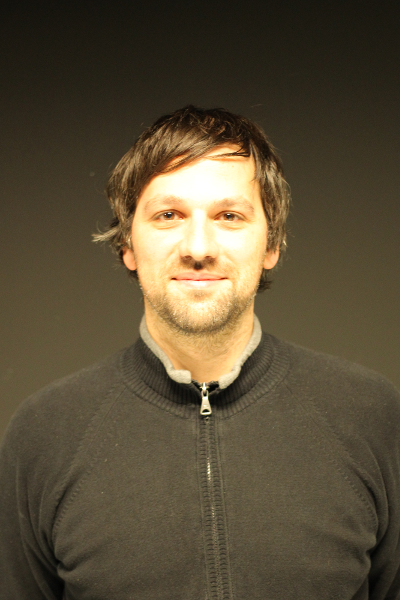UNMET NEED
Virtual reality (VR) navigation is revolutionizing industries from gaming and entertainment to education, healthcare, and commerce, offering users profound immersive experiences. However, a significant challenge within VR is enabling natural, unrestricted locomotion. To ensure a seamless and comfortable VR journey, it’s crucial to synchronize physical movements with the virtual environment. Current VR setups often confine users to limited “room-scale” spaces (e.g., 4m x 4m), relying on artificial locomotion techniques like flight simulation or teleportation, which can lead to cybersickness and spatial disorientation.
Redirected walking (RDW) stands out as a sophisticated VR locomotion technique that allows users to explore expansive virtual landscapes beyond the confines of their physical surroundings. RDW subtly manipulates the VR scene to guide users’ movements, making them adjust their position and orientation without conscious realization. Traditional methods, however, have their pitfalls. Techniques such as visual warping or the use of flashing dots to trigger ocular saccades can introduce visual artifacts and distortions. These interruptions not only detract from the immersion but can also distract the user, diminishing the overall VR experience.



